5.6 Lateral Reading
Lateral reading is a popular method for verifying information. It works like this: when someone searches for information on a specific topic, they open and read multiple websites side-by-side to compare the accuracy of claims in the original source (Pennycook & Rand, 2019). SIFT is a popular lateral reading framework, it has four steps. The first is to stop and take a minute to think about the source (Caulfield, 2019). It is particularly helpful for a person to think about their topic and decide who might be an authority on the subject because this helps to avoid confirmation bias (Caulfield, n.d.). The second step is to investigate the source and determine if it is trustworthy. This is done by seeking more information with a separate search (Caulfield, 2019). The third step is to try and find better coverage on the topic by doing a search on the main point of the original source (Caulfield, 2019). This allows the searcher to verify the claims made by the author. Lastly, if there are claims or references to scientific studies, can they be found or traced? Sometimes sources will have direct links within the text to outside sources. A searcher can check those links to see if they lead to the expected content. If they do, they can then read the portion that is referenced (Caulfield, 2019; Stecula, 2021). When one is reading information in the linked source, it’s a good idea to evaluate the context and determine if it fits the original source the way it is meant to (Caulfield, 2019).
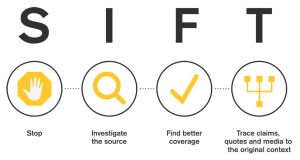
Lateral Reading Example
To practice lateral reading, Mary is looking at a new and controversial topic: third hand smoking. She found an article with claims that she wants to verify. The article is from Ashtray blog and claims that third hand smoke is not scientific, that smokers are being discriminated against using science, and that Prue Talbot is a junk scientist (Dunworth, n.d.). The table below shows Mary’s findings after completing a lateral search using SIFT.
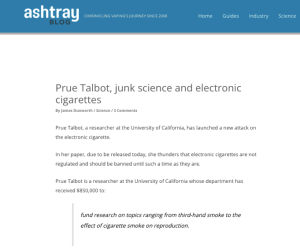 |
Stop. Investigate the source: It’s a blog. Author is employed by an e-cigarette company. Mentions University of Alberta study. Trace claims: Some links do not work on the website. Blog mentions two researchers: Prue Talbot & Brad Rodu. |
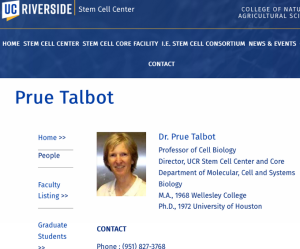 |
Trace claims: Prue Talbot – looks like a legitimate researcher. Biography indicates that she is researching thirdhand smoke. Repeatedly says that not much is known. |
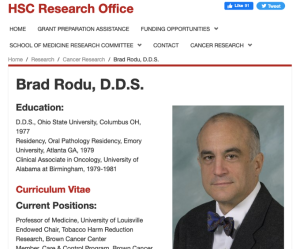 |
Trace claims: Brad Rodu – looks like a legitimate researcher. D.D.S. means dentist. Biography shows research in smoking cessation and harm reduction. Does not claim that smoking is ok. |
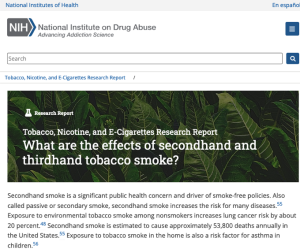 |
Find better coverage: The National Institute of Health is a U.S. government organization that supports health research. It is something Mary trusts. She visits the website directly. It clearly states that more research is needed regarding the risks of third-hand smoke. |
Using the SIFT method allows Mary to determine very quickly that there is not enough scientific information about third-hand smoke to clearly identify risks. The claims made in the Ashtray blog (Dunworth, 2010) are premature and cannot be verified without more studies. SIFT takes more time than using a checklist framework, but when done properly lateral reading is a much more meaningful way to verify facts. If Mary had used RADAR, she would not have found the other websites that led her to realize that the sources and studies quoted in the blog post were not represented accurately.
A framework you can use to verify whether information is accurate by conducting an initial search on a topic, and then reading multiple articles or scanning websites to compare information or claims.

